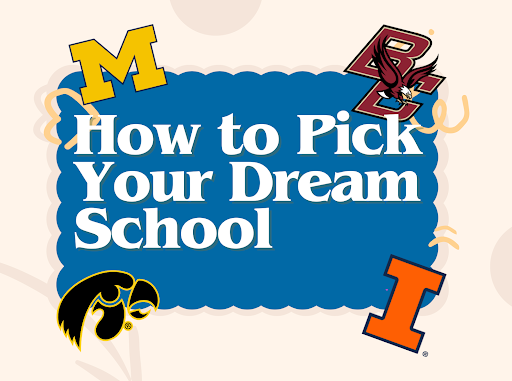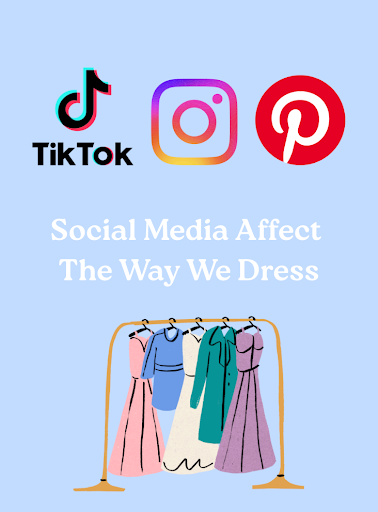With my birthday just around the corner, I am in search of the perfect gift to ask for. Seen on Instagram, TikTok, and all around Lake Forest, I have been fully convinced to ask for a health tracker (it honestly doesn’t take much to convince me to buy something).
Because these smartwatches and rings are a splurge, it has left me weighing the options that are out there and begs the question: Ōura vs. WHOOP?
Both gadgets connect to an app on your phone where you can find the data they collect throughout the day.
The Ōura ring is a stylish piece of jewelry that collects, tracks, and predicts a large variety of data including: sleep, daily readiness, women’s health, body temperature, activity, fitness, illness detection, stress, and mental wellness. The newest generation of ring, The Ōura 4, ranges from $349 to $499.

The ring stands alone from every other health trackers on the market due to its advanced sleep and stress technology. By tracking blood oxygen levels, the ring can detect any breathing abnormalities during the day or while you’re sleeping.
Every morning, the app gives you four scores (readiness, sleep, activity, and resilience) on a scale from 1-100—-making it perfect for people with a competitive nature. Along with scoring your health, Ōura provides helpful trends, predictions, and graphs.
“My Ōura ring helps me sleep better and tells me when I should go to bed everyday,” junior Tess Uhlein said. “My favorite feature is that it tracks your average body temperature and can tell when you’re getting sick. It tracks my steps, health, and sleep while still being cute.”
Personally, I’ve been naturally drawn to the Ōura ring because of the stellar reviews from my peers and social media, but I have also heard some negative things about the design.
“I used to wear the ring all the time, but eventually the bulkiness of the ring made it hard to lift weights and workout. Now, I wear my Apple Watch instead,” junior Braden Hoskins said.
Another competitor of the Ōura ring is the equally trendy WHOOP band. The WHOOP is a screen-free band that collects 24/7 data, similar to its competitor.

WHOOP has prided itself on being a fitness tracker. The band can instantly detect what activity you’re doing and how much strain the activity took, allowing you to recover fully. Specifically, it calculates the maximum amount of oxygen your body is able to use while exercising, also known as the VO2 Max.
“I love my WHOOP because it tells me if I’m fully recovered each day. If I’m in the green zone, I can put my full energy and effort into any exercise or activity I am doing that day. It tells me the percentage of my sleep performance and hours I was in light, deep, or REM sleep,” junior Lizzy Grace said. “I also love the workout aspect on the app. It immediately detects what kind of workout I’m doing. For instance,10 minutes into soccer practice, I’ll get a notification that says my ‘soccer practice performance is ready to review’ and gives me a deep dive on how many calories I burned, my steps, and my heartbeat per minute which is so helpful to see.”
WHOOP and Ōura are very similar in the data they offer, but unlike the Ōura, the band calculates “sleep debt.” This is basically how many hours of missed sleep you accumulate in a week.
While the WHOOP band is able to be worn on your wrist or bicep while working out, it is much harder to wear in a subtle way due to its thick band design. The band comes in multiple colorways ranging from $49-$99, much cheaper than the Ōura ring. Unlike its competitor, WHOOP offers a subscription membership beginning at $30 per month.
After doing extensive research on both trackers and asking many friends, I have concluded that while both are very similar, the WHOOP band dives much deeper into fitness by optimizing your workouts and calculating your personal best recovery, while the Ōura ring has the ability to track overall health trends and is more wearable. Both gadgets have their pros and cons; I truly think it comes down to what you’re searching for.








